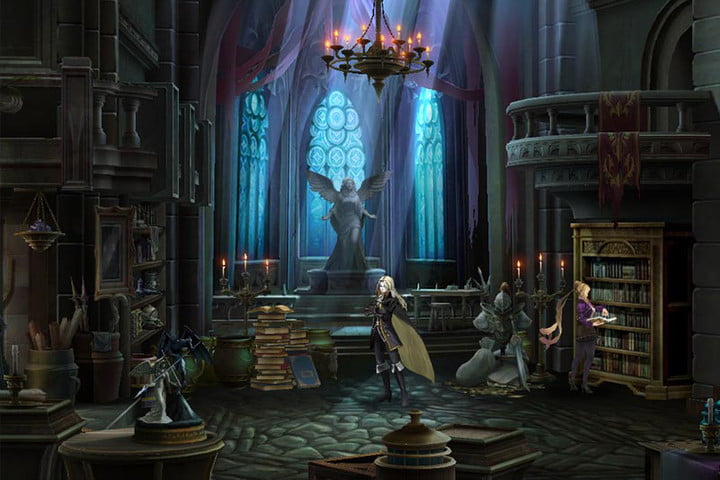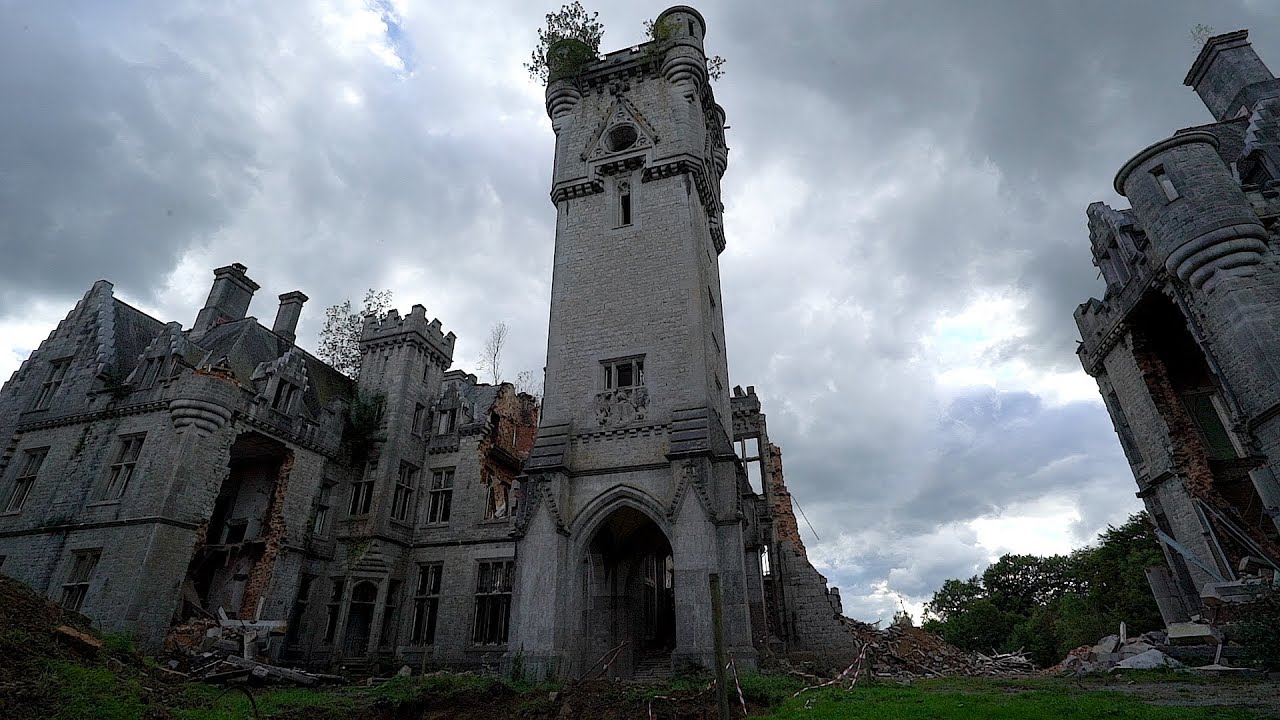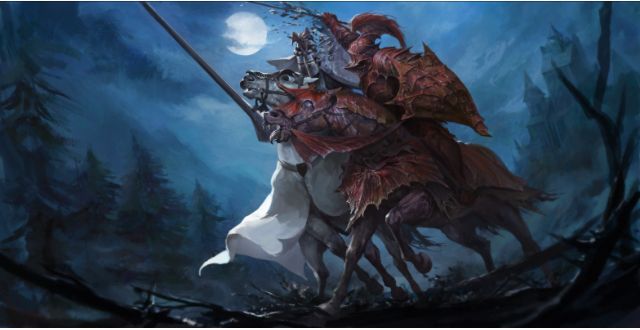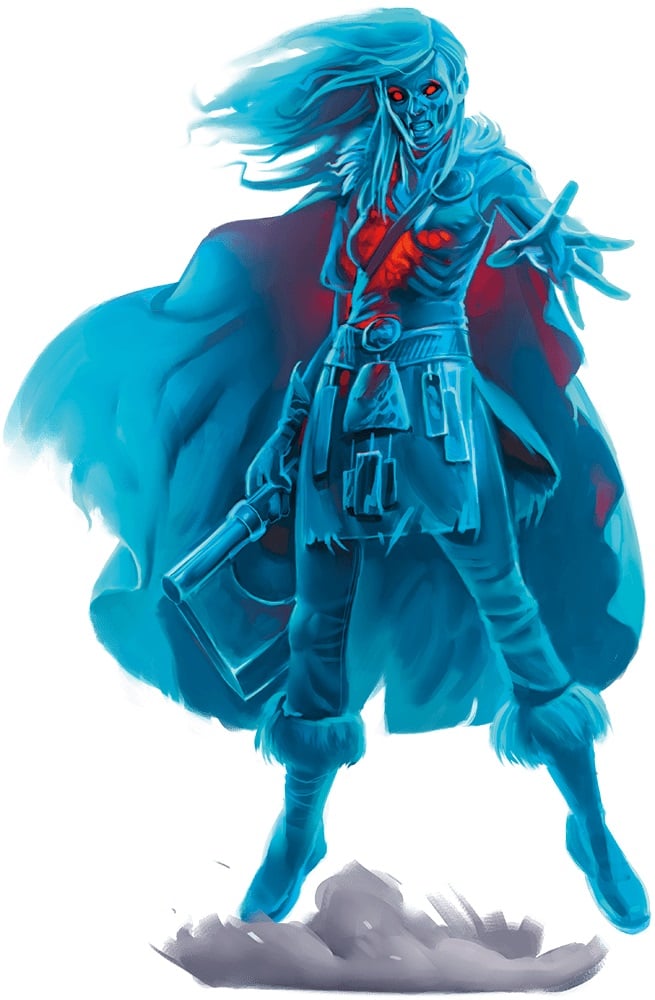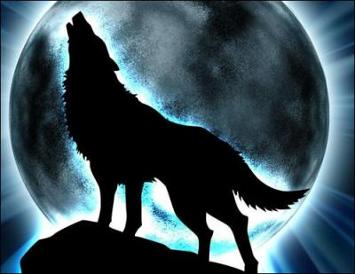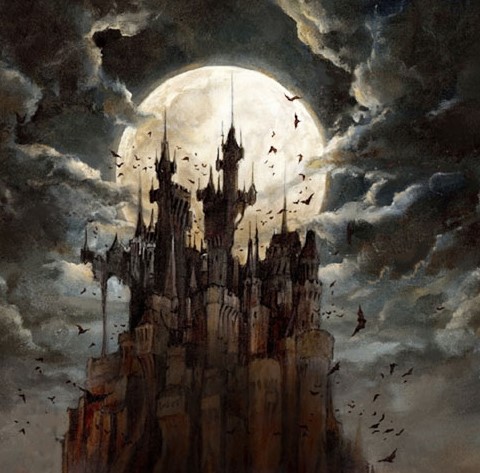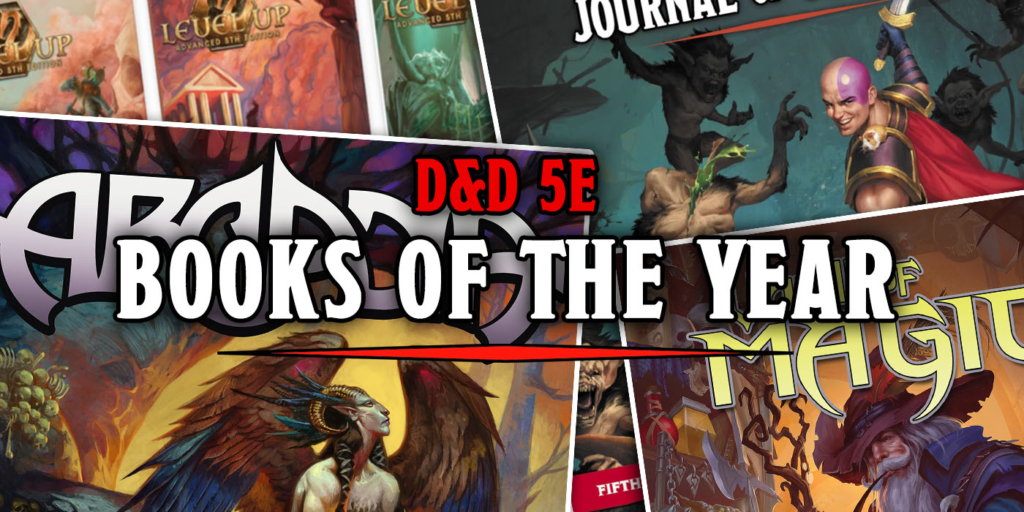D&D: Let’s Make A Dungeon Part 2 – What Lies Inside


Let’s make a Dungeon! The Lost Sanctum of the Vampire Knight has an epic name, now we need some monsters to fill it with.
Let’s end 2021 with a monster filled dungeon, ready to delve in 2022. Play along at home with the dungeon we’re building; or if you’re feeling inspired and want to do this from scratch, we used the d20 Fantasy Generator to sow the seeds of our dungeon.
Back to the Dungeon
Today we return to the Lost Sanctum of the Vampire Knight. Last time we used the dungeon’s name (courtesy of the d20 Fantasy Generator) to inspire our initial impressions of the place.
These impressions helped us figure out a few key details: the overall theme, the look and feel of our, and how it fits into a game. You can find all that in our earlier article, but here’s a quick recap:
- It’s remote
- Home to a Vampire Knight
- Which means there’s probably other undead types
- And probably some knightly order trappings around it as well
- These might even be twisted or have been evil in the first place
- There’s definitely gloom around it
- It’s probably forbidding, and there are rumors of it, but it’s something that the players have to find
- Definitely features some underground/crypt/grave imagery
- Big Mood: Dracula
After picking some suitably gothic imagery to help get the feel for what this place looks like:
…it’s time to start figuring out what (un)lives here.
Discovering the Dungeon Denizens
Already we know two things we’ll want to see there: the Vampire Knight who is (mostly secluded) in this castle, and their cursed retinue of lost souls and undead monsters.
Undead monsters is a great place to start filling out our dungeon. Now you might be tempted to immediately jump in and start designing the Vampire Knight–that’s a perfectly valid way to go, start with the boss fight and work your way back, I’ve done that myself plenty, but for now I want to build a rich tapestry that will help us fill out the setting and mood.
So we’ll start by putting together a list of the creatures you want to find in the Dungeon. This can help you fill in the spaces and also doubles up as a great random encounter table to pull from later–for now there are two Entries: Vampire Knight and Vampire Retinue; we don’t have to know what these mean yet, just that these are potential encounters. Flipping through the Monster Manual and related books like Volo’s Guide to Monsters and Mordenkainen’s Tome of Foes yields up a few more potential items.
And, quick aside, if you have access to D&D Beyond, then you can just filter monsters via creature type. Otherwise you’ll have to do some reading.
Either method gives us the following:
- Vampire Knight
- Vampire Retinue
- Skeletons
- Warhorse Skeleton
- Zombies
- Shadow
- Dread Warrior
- Ghoul
- Ghast
- Minotaur Skeleton
- Deathlock Wight
- Wight
- Phantom Warrior
- Sword Wraith Warrior
- Vampiric Mist
- Banshee
- Bone Naga
- Deathlock
- Flameskull
- Vampire Spawn
- Revenant
- Wraith
- Spectre
- Giant Skeleton
- Shadow Assassin
- Nightveil Specter
- Vampire
- Vampire Warrior
Now we almost certainly won’t use all of these, but it gives us some good fertile undead ground to pick from.
A big part of dungeon design is cutting back what you don’t need.
Already I can start to see a few I might cut back on, but we’ll save that for later. For now, I still want to add to this list. We’ve got Undead handled with a mix of corporeal and non-corporeal foes.
I’ll probably keep ghosts to a minimum–the Vampire knight might have a few spectral allies, but for the most part I see them as having actual cursed undead warriors. The Minotaur Skeleton and Bone Naga are there as some miniboss type inspirations. And while there’s enough variety to do exclusively an undead list, it feels like having a mix of children of the night making such music might help to fill in the areas near the dungeon.
That means looking for the right sort of dark/gothic flavors. Which to me, means:
- Dire Wolf
- Giant Spider
- Giant Bat
- Swarm of Bats
- Werebat
- Werewolf
- Winter Wolf
And then finally let’s throw in a few Dungeon Decor type monsters, so:
- Animated Armor
- Helmed Horror
- Gargoyle
- Black Pudding
- Gelatinous Cube
- Piercers
Organizing Your Monsters
That’s plenty to work with. Now we can trim down the master list. To help organize the reaping, we jam evening into three categories: Undead, Critters, and Dungeon Decor. From the Undead we can cut down our lists of potential monsters to skew towards people that would serve or be reanimated by the Vampire Knight and their closest allies. So maybe we toss out the Flameskull, Bone Naga, and Vampiric Mist.
We’ll also look for monsters that lend themselves well to unique encounters. These would be with specific members of the Knights retinue. For instance, I could see a Banshee, or Wraith sort of heading up the spectral side of the Vampire Knight’s forces.
I’ll pull those for now and keep them in their own section. Same goes for the Minotaur Skeleton who I like as a skeletal miniboss. I’m getting a Level 4-6/7 kind of vibe from this place, so that’s about where we’ll tune our monsters. Which means we can probably safely pull the Vampire and Vampire Warrior from our list as well, but we might pull some of their abilities for the Vampire Knight so again, let’s mark them to one side for later perusal.
Looking through the stats we can see that the undead types tend to fall into either ghostly warriors, undead warriors who fight in armor, or monstrous undead (Ghouls and Ghasts and the like). We’ll note those on our master list and make one final addition, the Vampire Knight needs a suitably metal steed, so we’ll toss in a Nightmare for good measure.
- Vampire Knight
- And Nightmare
- Vampire Retinue (Undead Warriors)
- Dread Warrior (From Dead in Thay)
- Wight
- Skeleton
- Warhorse Skeleton
- Vampire Spawn
- General Undead
- Zombie
- Ghoul
- Ghast
- Vampire Spawn
- Deathlock Wight
- Spectral Undead
- Sword Wraith Warrior
- Shadow
- Specter
- Beasts
- Dire Wolf
- Giant Spider
- Giant Bat
- Swarm of Bats
- Werebat
- Werewolf
- Winter Wolf
- Evil Decor
- Animated Armor
- Helmed Horror
- Gargoyle
- Black Pudding
- Gelatinous Cube
- Piercers
- Minibosses
- Minotaur Skeleton
- Banshee/Wraith
This is a pretty great master list to jump off from. We’ll keep an open mind as we go forward, we might find better monsters or something that the design of the dungeon itself suggests, so if we run into that we’ll be set.
But otherwise from here we’ll start breaking up the Vampire Knight’s Sanctum into different sections and figuring out what’s inside each of them.
We’ll do this because we’re building a place. We want it to feel like it’s got weight in our world. It should feel as much like an actual Sanctum as a fun place to have some fights to our players. We can do that by giving it a sense of purpose.
Next Time: Laying Our Your D&D Dungeon
But for now, we’ve picked a solid theme, found some monsters that complement the theme, and split them into easy pools that we can pull from to populate our dungeon. All of this is going to help make our Vampire Sanctum feel the way we want it to feel to our players, so we’ve got a lot that’s ready to start cooking. Come back tomorrow for more!
Until then, Happy Adventuring!

